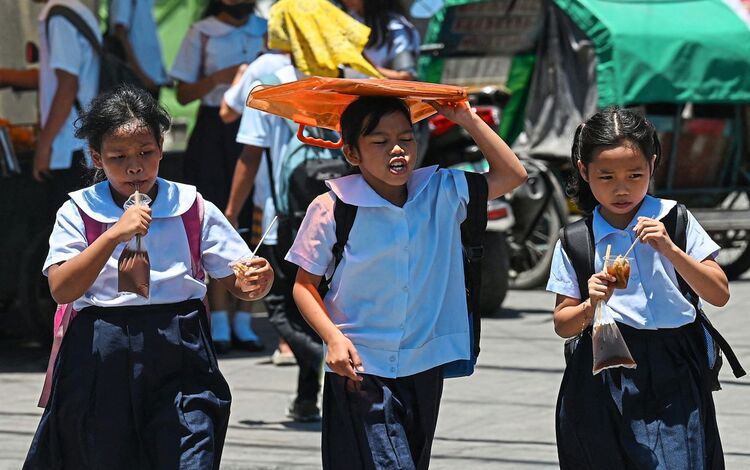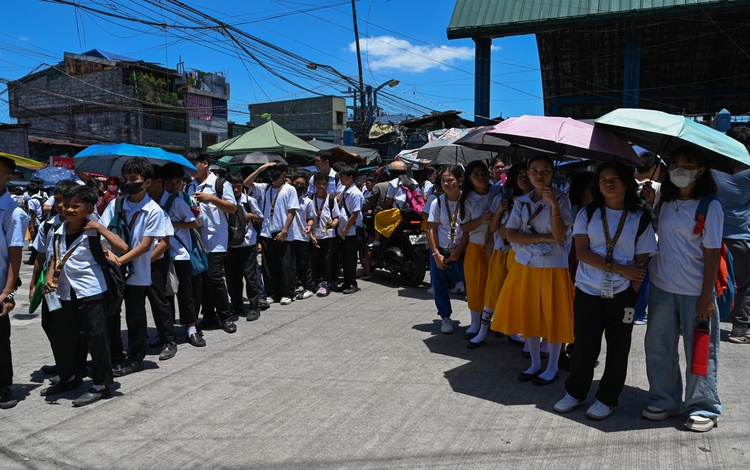As the scorching heat of summer sweeps across the Philippines, local governments and educational institutions are taking proactive measures to ensure the safety and well-being of students and educators. With temperatures soaring and the risk of heat-related illnesses rising, several areas have announced class suspensions due to the hot weather.

In Iloilo City, Bacolod City, Angeles and San Fernando in Pampanga, Sta. Barbara in Pangasinan, and various other regions, face-to-face classes from preschool to senior high school have been put on hold in both public and private institutions. These suspensions, which range from a few days to several weeks, aim to protect students from the adverse effects of the sweltering heat.
In some areas like Bulacan, Naga in Cebu, Sultan Kudarat, and Sarangani, class suspensions extend until mid-April, allowing students to stay indoors and avoid the heatwave. Meanwhile, localized suspensions and alternative learning modalities are being implemented in other regions to minimize disruptions to education while prioritizing student safety.
For instance, in Region 1, Pangasinan municipalities such as Manaoag, Urbiztondo, and Sta. Barbara is adjusting their class schedules to mitigate the impact of the hot weather. Similarly, in Region 7, Talisay in Cebu is halting face-to-face classes in public schools for an extended period, with private schools given the flexibility to decide based on their discretion.
In Region 12, particularly in General Santos City and South Cotabato, afternoon classes are being suspended or modified to blend different learning approaches. From localized suspensions to blended learning strategies, these measures reflect the adaptability of educational systems in responding to weather-related challenges.
While class suspensions may disrupt the regular academic calendar, the safety and well-being of students remain paramount. By proactively addressing the risks associated with extreme heat, these measures help ensure that learning environments remain conducive and that students can focus on their studies without compromising their health.

As the hot weather persists, parents, educators, and local authorities must remain vigilant and prioritize the welfare of students. By staying informed about weather advisories and adhering to safety guidelines, communities can navigate through the summer months while safeguarding the education and health of future generations.
